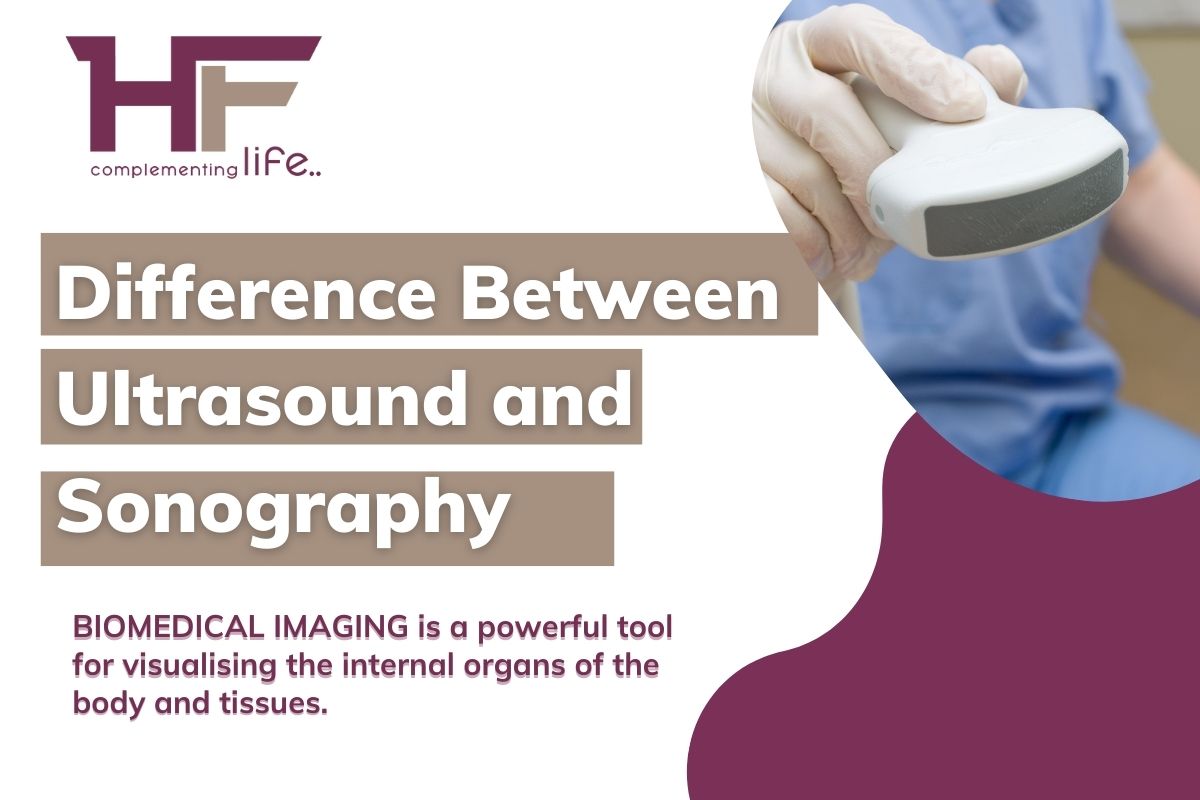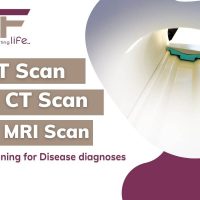BIOMEDICAL IMAGING is a powerful tool for visualizing the internal organs of the body and tissues.
Today’s imaging tools provide unprecedented views of biological processes, including changes in receptor kinetics, and molecular and cellular signaling.
Most noninvasive biomedical imaging offers precise tracking for disease identification, progress, and treatment purpose.
Ultrasound and sonography are a vital part of health care.
New advances in this technology have shown great promise in internal medicine applications.
Where can ultrasound and sonography be applied in internal medicine, and what implications does it have for the future of ultrasound technology?
CContents
What is Sonography?
Sonography is a technique that uses high-frequency sound waves to produce images of internal body structure. For that purpose, ultrasound waves are used. The images of organs, tissues, and blood flow, are produced.
The image generated by the ultrasound is called a sonogram.
Ultrasonography is painless, relatively inexpensive, and considered very safe.
Sonography is also known as ultrasonography.
Often, the terms sonogram and ultrasound are used interchangeably. However, there is a difference between the two:
- An ultrasound is a tool used to take a picture.
- A sonogram is a picture that the ultrasound generates.
- sonography is the use of an ultrasound tool for diagnostic purposes.
In short, an ultrasound is a process, while a sonogram is the result. They provide doctors with a detailed image of what’s going on inside of patients.
Uses of sonography
- Heart: to detect abnormalities in the way the heart beats, structural abnormalities such as defective heart valves and abdominal enlargement of the hearts chambers or walls (ultrasonography of the heart is called echocardiograph)
- Blood vessels: to detect dilated and narrowed blood vessels.
- Gall bladder and biliary duct: to detect gallstones and blockage in the bile ducts
- Liver, spleen, and pancreas: to detect tumors and other disorders.
- Urinary tract: to distinguish a benign cyst from solid masses in kidneys or to detect blockages such as stones or other structural abnormalities in the kidneys, and ureters bladder.
- Female reproductive organ: to detect tumors and inflammation in the ovaries, fallopian tubes or uterus.
- Ultrasonography can also be used to guide doctors when they remove a sample of tissue for biopsy.
- Ultrasonography can show the position of the biopsy instruments, as well as the area to be biopsied.
How does ultrasound work?
Ultrasound uses high-frequency sound waves that are beamed into the body and bounce back off tissue and organs. These echoes generate electrical signals that are translated by a computer to produce images of the tissues and organs,
Variations of ultrasound include:
- Doppler ultrasound can be used to measure and visualize blood flow in the heart and blood vessels.
- Elastography is used to differentiate tumors from healthy tissue,
- Bone sonography is used to determine bone density.
- Therapeutic ultrasound is used to heat or break up the tissue.
After x-rays, ultrasound is the most commonly used form of diagnostic imaging. It helps doctors gain insights into the workings of the body and is known for being :
- safe
- Radiation free
- Noninvasive
- portable
- widely accessible
- affordable
What is ultrasound used for?
Probably best known for confirming and monitoring pregnancy. ultrasound is also commonly used by doctors for:
Diagnostics
Doctors use ultrasound imaging to help diagnose conditions affecting the organs and soft tissues of the body, including:
- Abdomen
- liver
- Kidney
- Heart
- Blood vessels
- gallbladder
- spleen
- pancreas
- thyroid
- bladder
- breast
- ovaries
- tentacles eyes
Limitations
Sound waves do not transmit well through areas that might hold gas or air, or areas blocked by dense bone.
How to prepare for an ultrasound?
The steps you will take to prepare for an ultrasound will depend on the area or organ that is being examined.
Your doctor may tell you to fast for eight to 12 hours before your ultrasound, especially if your abdomen is being examined. Undigested food can block the sound waves, making it difficult for the technician to get a clear picture. However, you can continue to drink water and take any medication as instructed. For other examinations, you may be asked to drink a lot of water and to hold your urine so that your bladder is full and better visualized.
An ultrasound carries minimal risks. Ultrasound uses no radiation. For this reason, they are the preferred method for examining a developing fetus during pregnancy.
Certain factors or conditions may interfere with the results of an ultrasound, including:
- Severe obesity
- Food inside the stomach
- Excess intestinal gas
In short, ultrasound is the process, while sonogram is the result.










Comments